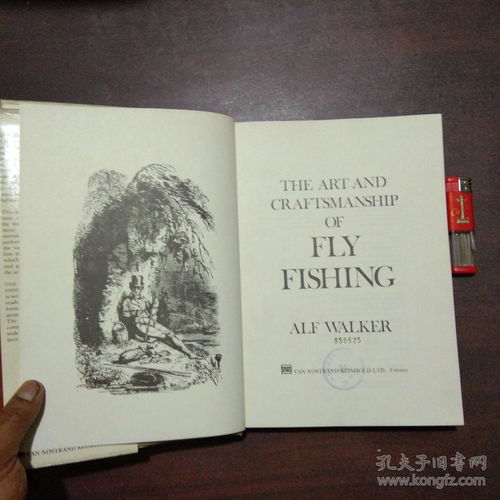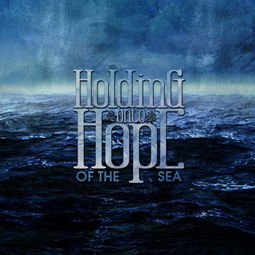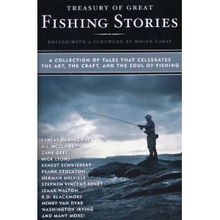Content:
Embarking on a wild fishing adventure is an exhilarating experience that allows anglers to connect with nature and hone their skills. Whether you are a seasoned fisherman or a beginner looking to explore the world of fly fishing, understanding the basics of hook binding and other essential techniques can significantly enhance your chances of success. In this article, we will delve into the art of fly fishing, focusing on how to bind hooks effectively and other vital tips for a memorable wild fishing experience.
Understanding Fly Fishing

Fly fishing is a method of fishing that involves casting a "fly," an artificial lure that imitates the movement and appearance of natural insects. The angler uses a fly rod, reel, and specialized line to present the fly to fish. This method is particularly popular for catching trout, bass, and other species that are known for their acrobatic abilities and keen senses.
The Importance of Hook Binding
The hook is the heart of any fly, and its proper binding is crucial for the success of your fishing trip. A well-bound hook ensures that your fly remains secure during casting and retrieval, and it also affects the way the fly moves in the water. Here's a step-by-step guide on how to bind a hook:
Select the Right Hook: Choose a hook that matches the size and type of fly you are planning to use. Hooks come in various shapes and sizes, so it's important to select the one that best suits your fishing needs.
Prepare the Thread: Cut a length of monofilament thread that is long enough to reach from the eye of the hook to the end of your fly. Thread the thread through the eye of the hook, leaving a tail of about 6 inches.
Start the Bind: Begin by wrapping the thread around the hook shank in a clockwise direction. Make sure to keep the wraps tight and even, as this will provide a strong base for the fly materials.
Add the Fly Materials: Once you have a solid base of thread wraps, add the fly materials. This could include feathers, fur, or synthetic materials. Begin by attaching the materials to the thread at the point where you want the fly to start.
Secure the Materials: Wrap the thread around the materials, securing them in place. Make sure to create a smooth transition from the thread to the materials to avoid any snags.
Finish the Binding: Once all the materials are in place, continue wrapping the thread around the hook shank to create a tight bond. The final wrap should be over the eye of the hook to ensure that the fly stays secure during casting.
Cut the Thread: After the final wrap, cut the thread close to the hook, leaving a small tag that can be trimmed later if necessary.
Other Essential Fly Fishing Techniques
Rod Selection: Choose a fly rod that is appropriate for the type of fishing you will be doing. A longer rod is typically better for casting, while a shorter rod may be more effective for tight spaces.
Line Management: Practice proper line management techniques, such as maintaining a tight loop in your fly line and using a loop-to-loop connection for easy changes.
Casting Techniques: Learn the basics of casting, including the overhead cast, roll cast, and spey cast. Practice these casts to improve your accuracy and distance.
Reading the Water: Pay attention to the water's surface and structure to understand where the fish might be holding. Look for signs such as ripple patterns, bubbles, or fish rising.
Timing and Patience: Timing is key in fly fishing. Wait for the right moment to cast, and be patient as fish may take time to respond to your fly.
Safety First: Always prioritize safety, especially when wading in streams or rivers. Wear appropriate footwear and be aware of your surroundings to avoid accidents.
In conclusion, mastering the art of fly fishing, particularly the technique of hook binding, can elevate your fishing experience to new heights. By understanding the nuances of fly fishing and practicing essential techniques, you'll be well on your way to enjoying successful wild fishing adventures. Remember, the key to becoming a skilled fly fisherman lies in continuous learning and practice. Happy fishing!












